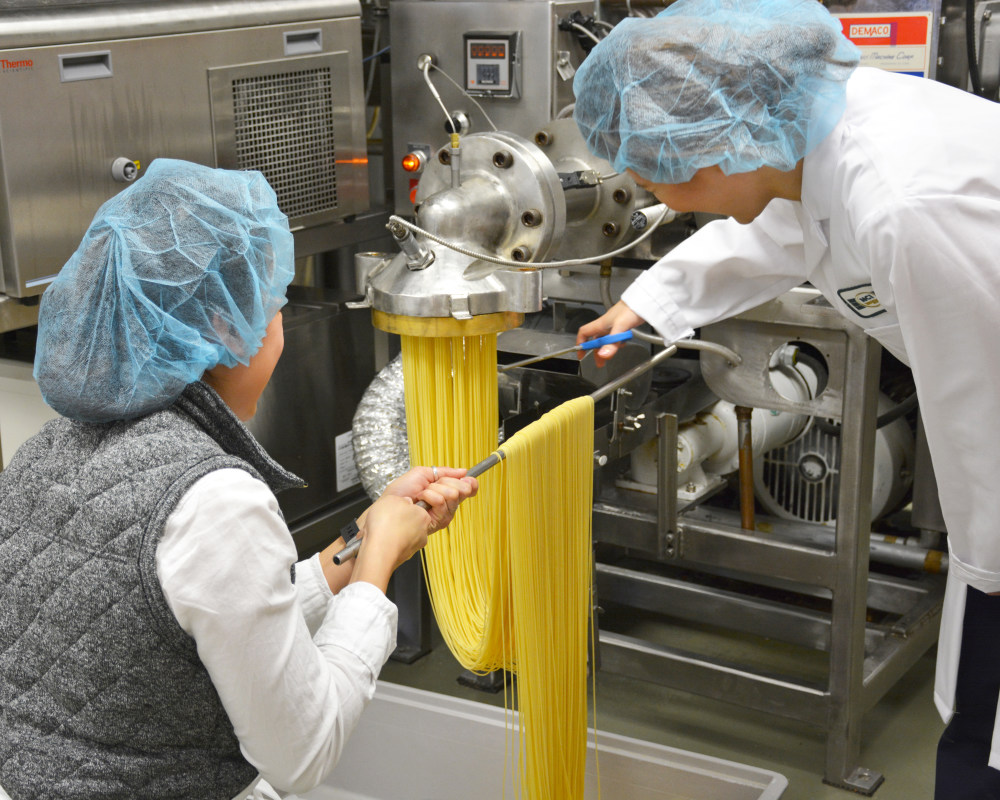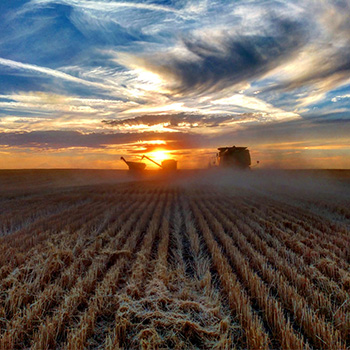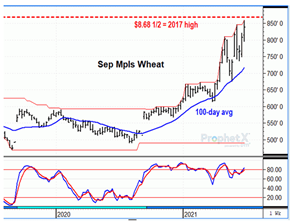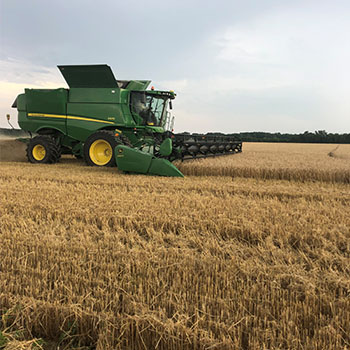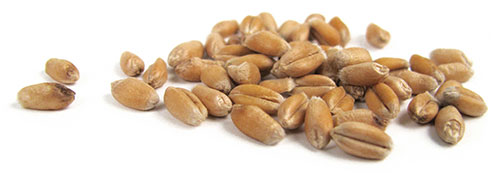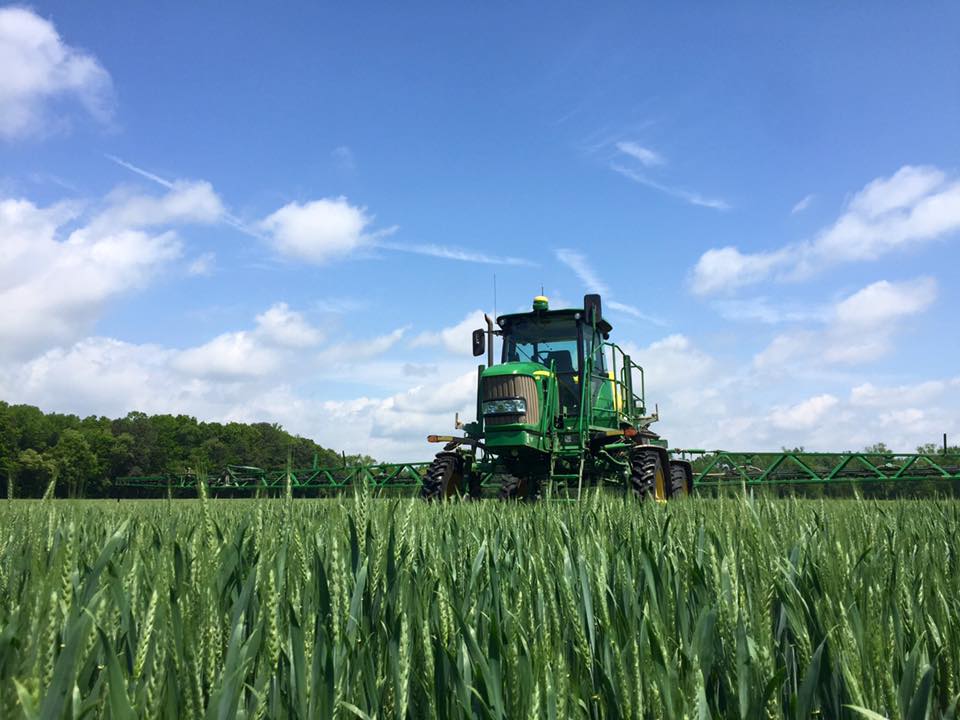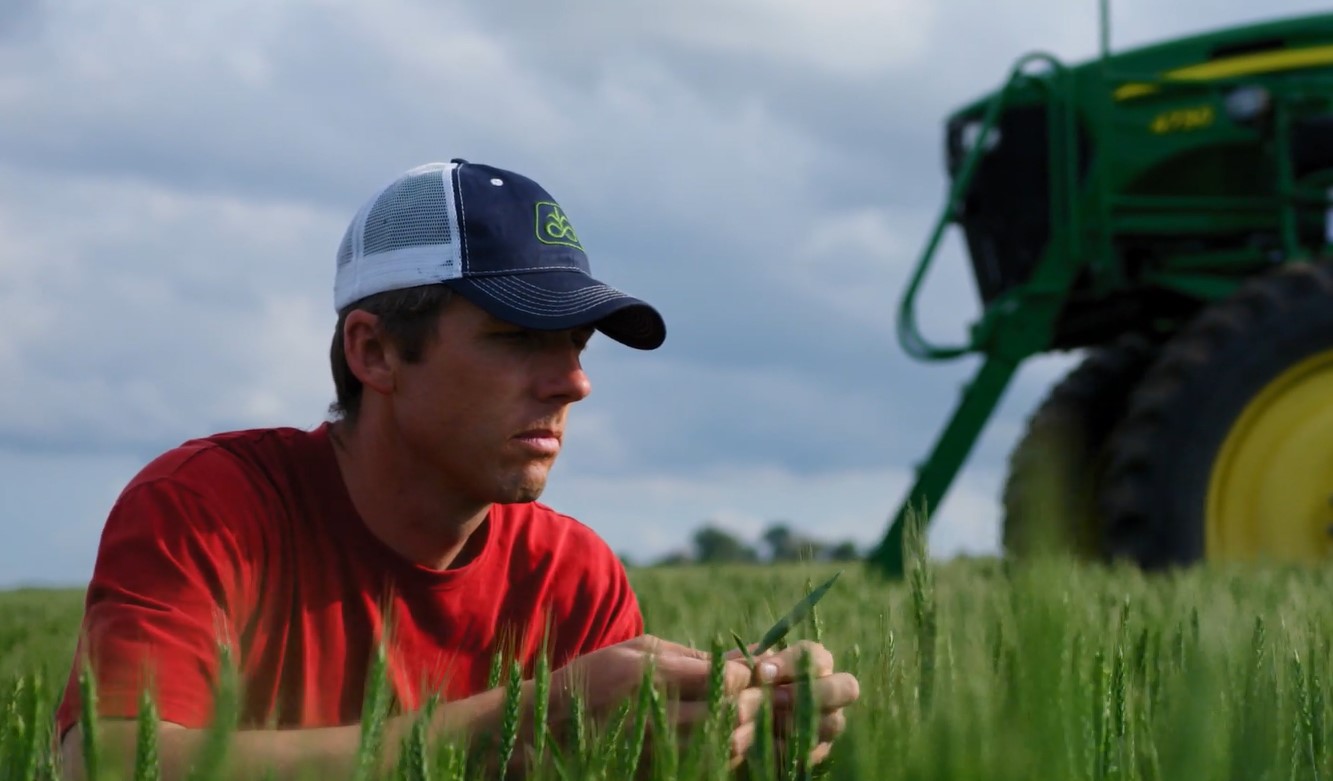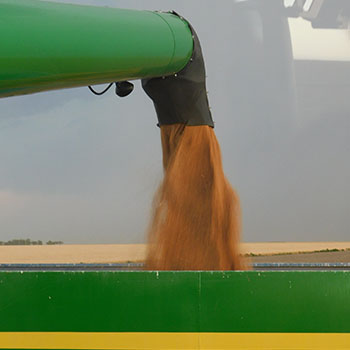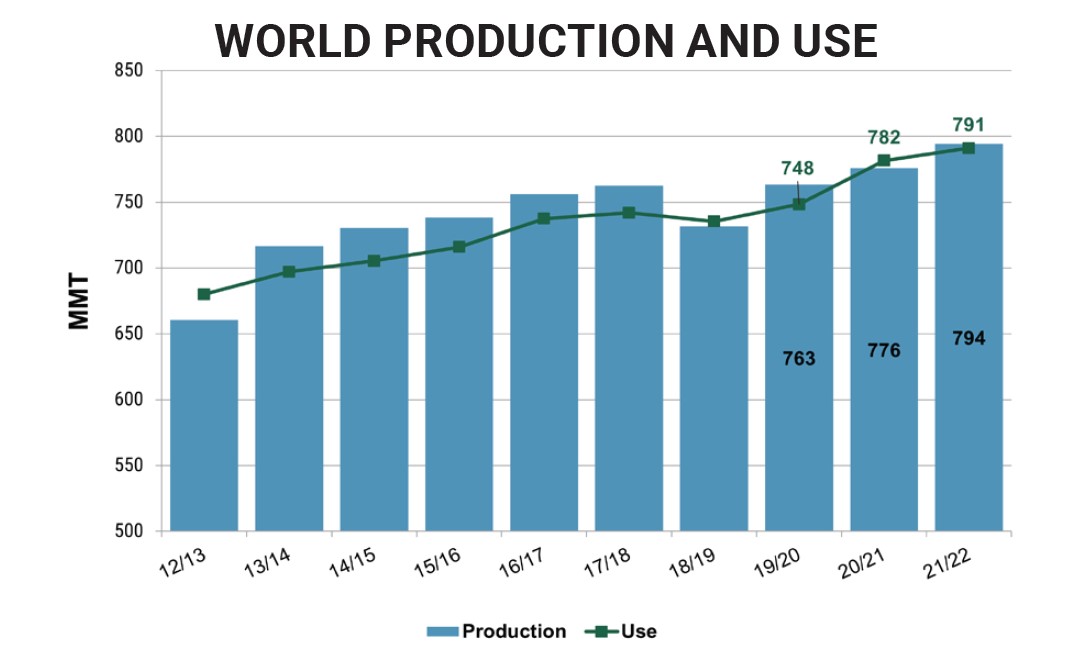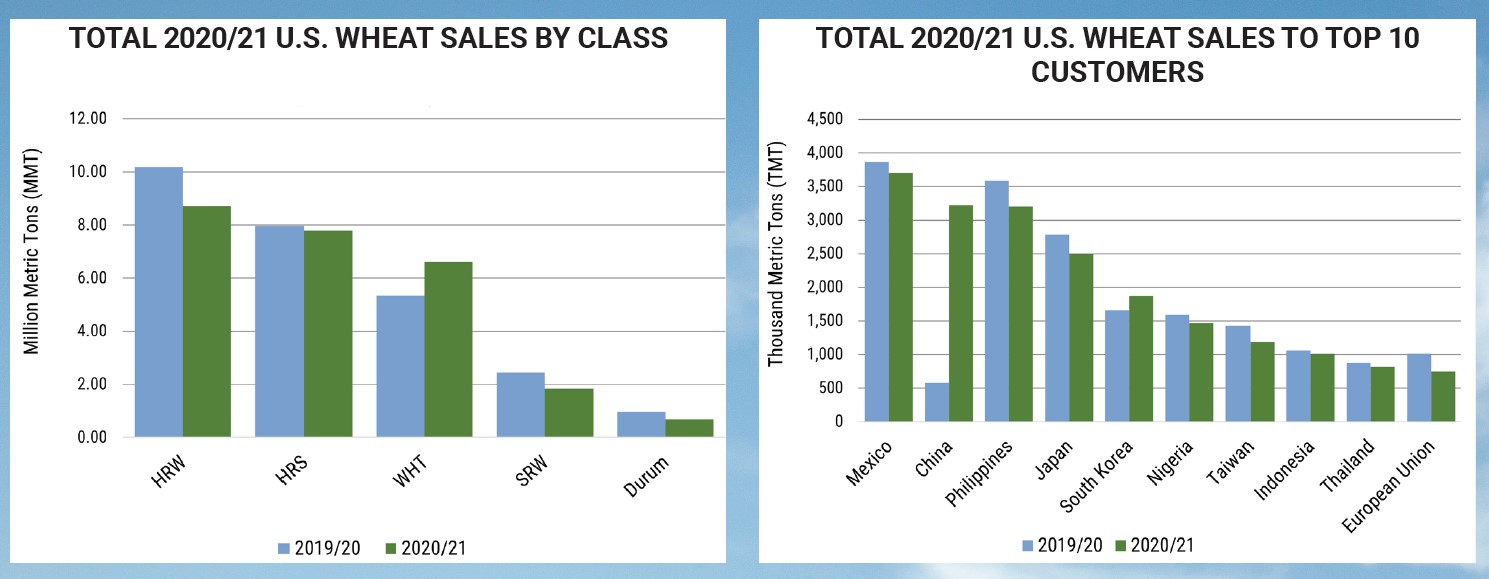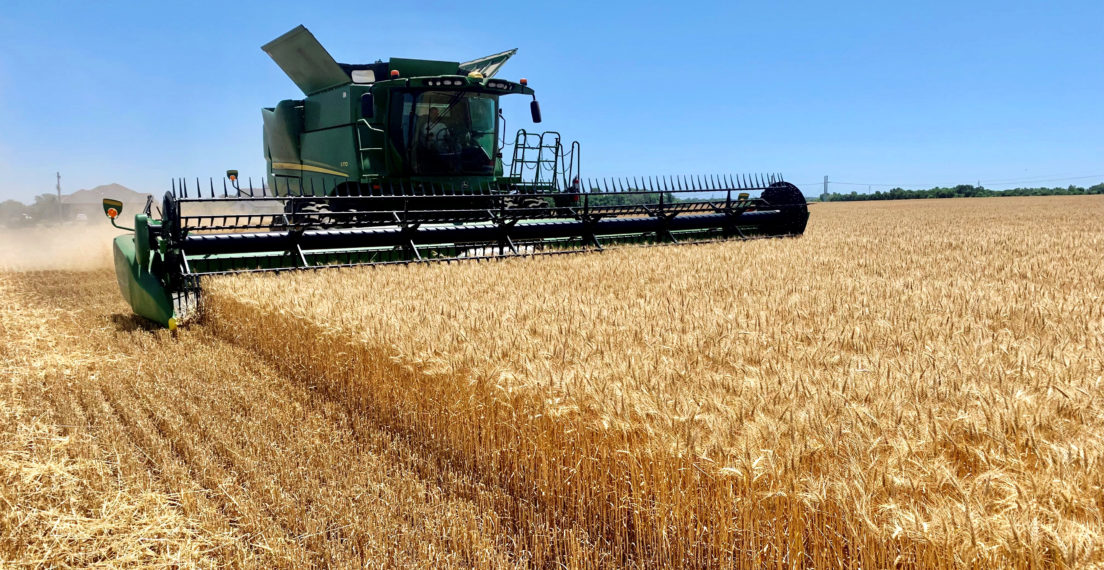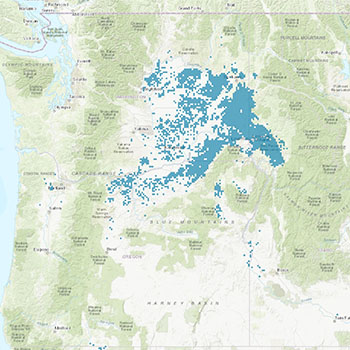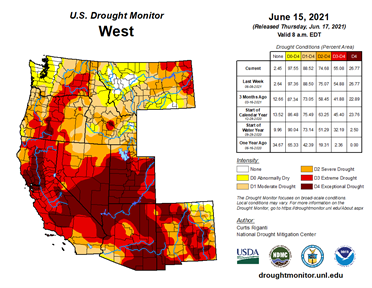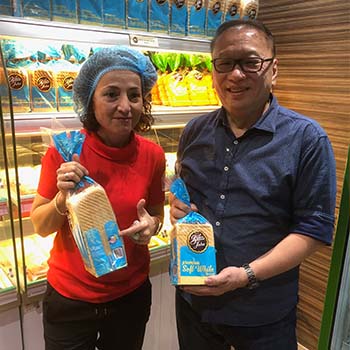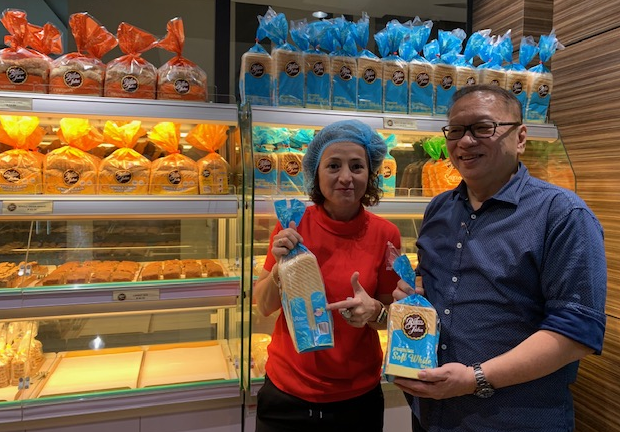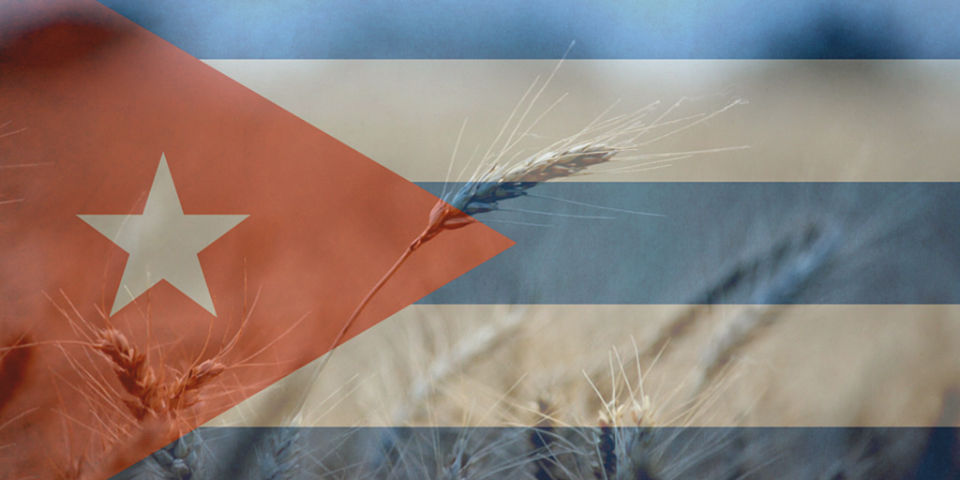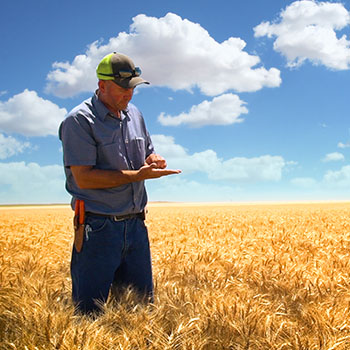U.S. Wheat Associates (USW) links overseas customers directly to the wheat they purchase and to the farmers who grow it by sponsoring participants at short courses, bringing trade delegations to the United States, creating end-product seminars and sending experts overseas. USW and the world’s wheat buyers are fortunate to work with world-class educational partners including Northern Crops Institute (NCI), IGP Institute and Wheat Marketing Center.
This week, Northern Crops Institute announced a series of market update webinars on topics that should be valuable to overseas customers and stakeholders here in the United States. Following are webinar descriptions, dates, times and registration information.
“July World Agricultural Supply and Demand Update Featuring Tregg Cronin,” Wednesday, July 21, 2021, 08:00 Central Daylight Time (CDT)

Tregg Cronin, Market Analyst, Halo Commodities, and contributing analyst to DTN/Progressive Farmer.
Tregg Cronin is a fourth-generation farmer and rancher from Gettysburg, S.D., as well as a contributing analyst to DTN/Progressive Farmer. Tregg graduated from the University of St. Thomas in St. Paul, MN in 2009 before working for agriculture cooperative CHS, Inc. With CHS, Tregg worked in the company’s grain marketing division as well as its commodity brokerage, CHS Hedging. Currently Tregg is a Contributing Analyst to DTN/Progressive Farmer. Tregg farms with his wife Sara and son Morgan as well as his father, uncles and cousins in what is truly a family farming operation.
“2021 Hard Spring and Durum Wheat Tour Featuring Dave Green,” Thursday, July 29, 2021, 14:30 CDT

Dave Green, Executive Director, Wheat Quality Council.
The Wheat Quality Council Hard Spring and Durum Wheat Tour will wrap up early the afternoon of July 29. This webinar will give the post survey results and give people a view of the situation on the ground as Northern Plains farmers deal with a devastating drought. Dave Green from the Wheat Quality Council will be with us to discuss the 2021 Hard Spring and Durum Wheat Tour. His presentation will include a review of the tour, what was viewed on the tour, estimated yield potential, and more.
“Challenges and Opportunities in Global Agricultural Trade and Competition Featuring Dr. William W. Wilson,” Wednesday, Aug. 4, 2021, 08:00 CDT.

Dr. William Wilson, Professor, Agribusiness and Applied Economics, NDSU.
Dr. Wilson is a distinguished Professor, Agribusiness and Applied Economics, at North Dakota State University (NDSU). Dr. Wilson has spent his career working with the global grain trade on everything from global futures, cash, and derivative markets, transportation, logistics, technology, and biotech. He was recently selected by NDSU to present the 60th annual faculty lectureship which is one of NDSU’s oldest and most prestigious awards. It recognizes sustained professional excellence in teaching, scholarly achievement and service among current faculty at NDSU. The honor is conferred on an individual who has demonstrated excellence in all three areas. The title of Dr. Wilson’s lecture is: “Challenges and Opportunities in Global Agricultural Trade and Competition” which includes a lifetime of research, thoughts, and observations. Dr. Wilson was instrumental in developing NCI’s procurement course that has benefitted so many U.S. wheat customers around the world.

